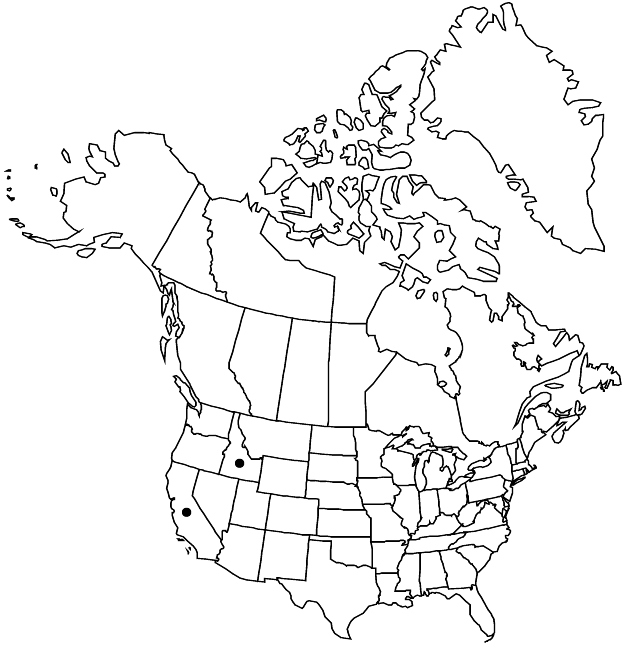Difference between revisions of "Micranthes bryophora"
J. Bot. Res. Inst. Texas 1: 1020. 2007,.
FNA>Volume Importer |
imported>Volume Importer |
||
| Line 55: | Line 55: | ||
|publication year= | |publication year= | ||
|special status= | |special status= | ||
| − | |source xml=https:// | + | |source xml=https://bibilujan@bitbucket.org/aafc-mbb/fna-data-curation.git/src/bb6b7e3a7de7d3b7888a1ad48c7fd8f5c722d8d6/coarse_grained_fna_xml/V8/V8_103.xml |
|genus=Micranthes | |genus=Micranthes | ||
|species=Micranthes bryophora | |species=Micranthes bryophora | ||
Revision as of 01:07, 28 May 2020
Plants solitary or tufted, with bulbils on caudices. Leaves ± basal; petiole absent; blade linear to narrowly elliptic, 0.5–4 cm, fleshy, base cuneate, margins subentire, ciliate, surfaces hirsute. Inflorescences usually 2–3+-flowered, open, lax thyrses, sometimes solitary flowers, (flowers terminal, proximal usually replaced by bulbils, sometimes bulbils absent), 2–25 cm, stipitate-glandular. (Pedicels reflexed.) Flowers: sepals reflexed, elliptic; petals white, each with 2 basal yellow spots, triangular to broadly ovate, clawed, 3–5 mm, longer than sepals; filaments linear, flattened; pistils connate 1/2+ their lengths; ovary superior, (to 1/3 adnate to hypanthium). Capsules green to yellow, purple tinged, valvate.
Phenology: Flowering summer.
Habitat: Wet meadows, rocky ledges
Elevation: 1600-4500 m
Discussion
Specimens of Micranthes bryophora from the disjunct populations in Idaho have been called Saxifraga bryophora var. tobiasiae; they appear to overlap in morphology with the California plants and are not distinguished here.
Selected References
None.
